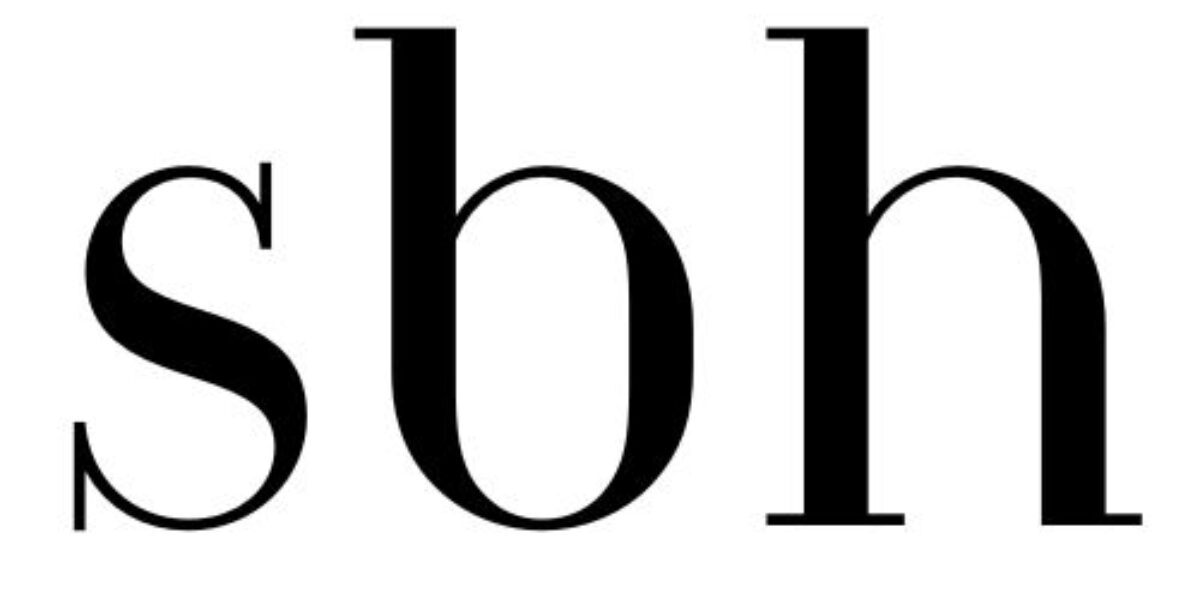What is Cost of Goods Sold (COGS)
In order to calculate the cost of goods sold, you need to have a good understanding of the state of your inventory.
What is inventory?
Inventory is all the items or materials your business owns that you plan to:
- Sell to customers, or
- Use to make the products you sell.
It’s like your business’s stockroom — the stuff you haven’t sold yet.
Examples:
- A clothing shop’s inventory = shirts, jeans, jackets waiting to be sold
- A bakery’s inventory = flour, sugar, butter, and baked goods
- A cellphone shop’s inventory = phones, chargers, accessories
- A salon’s inventory = hair products, nail polish, beauty tools
Types of inventory
Opening Inventory
What you had at the start of the month or year
Purchases
What you bought during the month to add to stock
Closing Inventory
What’s left over at the end of the month (unsold items or materials)
Why Inventory Matters
- Helps you calculate COGS (Cost of Goods Sold)
- Lets you know how much stock you have
- Helps prevent over-buying or running out of items
- Important for tax purposes and business reports
How to calculate COGS
Decide on a period of time. This is usually one month. The way COGS is calculated is by taking your opening inventory at the start of the time period you decided on. Add to this any new stock or the cost of raw materials bought during the period. The value of unsold stock or unused materials at the end of the period are then subtracted. To summarise, you need to have the following figures available:
| Term | Meaning |
|---|---|
| Opening Inventory | The value of stock or materials at the beginning of the period (e.g., start of the month) |
| Purchases | The cost of new stock or raw materials bought during the period |
| Closing Inventory | The value of unsold stock or unused materials at the end of the period |
COGS is useful for:
- Calculating gross profit
- Setting product prices
- Managing inventory
- Tax deductions (SARS considers COGS when assessing taxable income)
